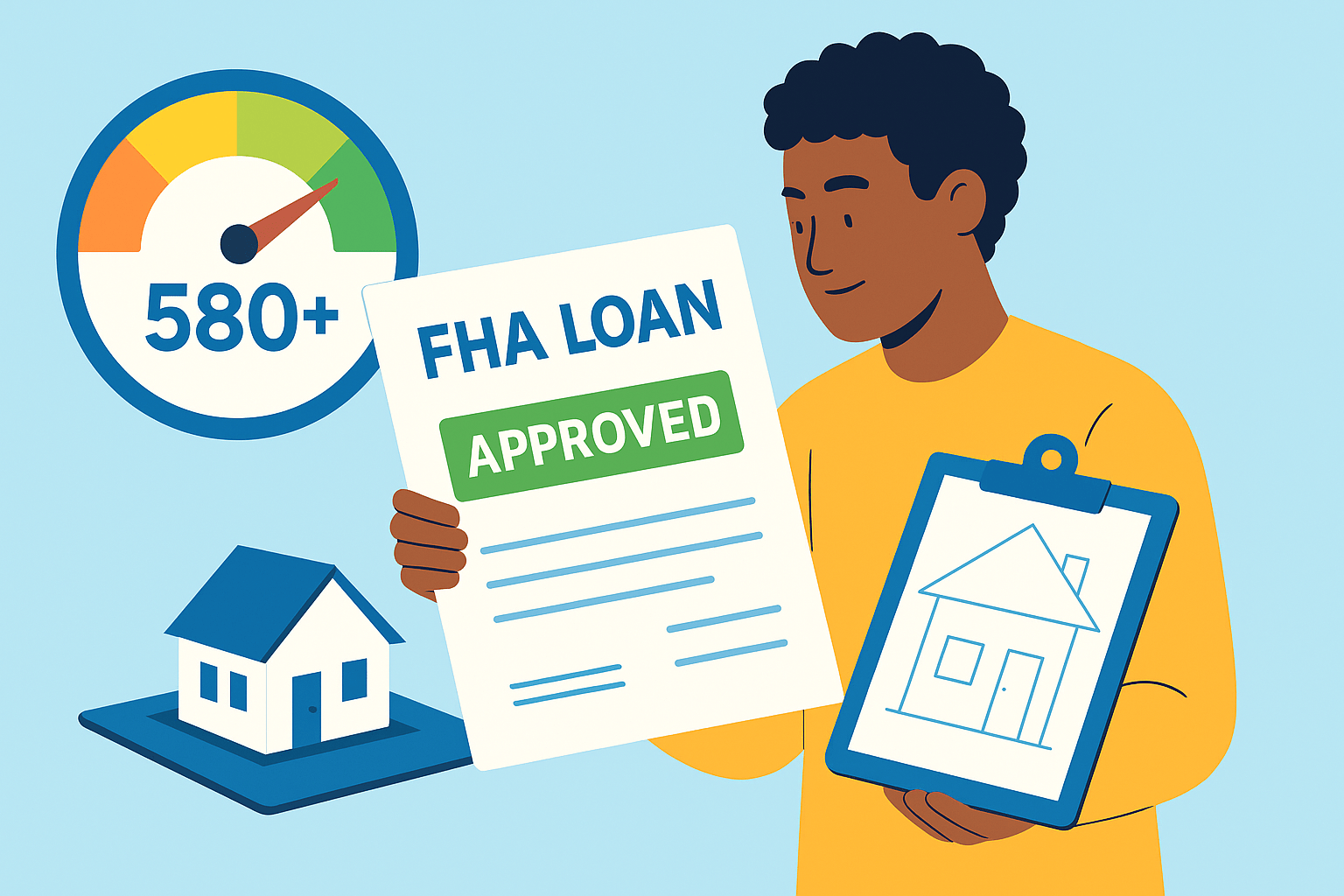CalHFA Mortgage Credit Certificate: The Little-Known Tax Hack for California’s First-Time Homebuyers
Buying your first home in the Golden State can feel like surfing a giant wave—thrilling, yet intimidating. What if you could trim hundreds, even thousands, off your federal tax bill every single year just for making the leap? Enter the CalHFA Mortgage Credit Certificate, a program that transforms tax liability into extra spending power. Below, we break down the mechanics, eligibility rules, and strategic tips so you can decide whether this tax-saving tool belongs in your home-buying toolkit.
What Is the CalHFA Mortgage Credit Certificate?
The CalHFA Mortgage Credit Certificate (often shortened to CalHFA MCC or simply California MCC) is not a loan, grant, or rebate. It is a federal tax credit that lets qualified first-time buyers claim up to 20% of their annual mortgage interest as a direct dollar-for-dollar reduction of federal income tax. Unlike a deduction, which merely lowers taxable income, a credit slashes the tax owed—meaning more cash in your pocket come April.
The concept roots back to the Tax Reform Act of 1984, which allowed states to allocate part of their bond authority to MCCs. California’s Housing Finance Agency (CalHFA) administers a statewide version tailored to the state’s high-cost market. Since launch, CalHFA estimates the MCC has helped 40,000+ households step over the threshold from renter to homeowner.
People Also Ask: How Does the CalHFA Mortgage Credit Certificate Work?
Imagine you close on a $500,000 home with a 30-year fixed mortgage at 6%. In year one, your mortgage interest might total roughly $29,000. With a 20% certificate rate, you could claim a $5,800 credit (20 % × $29,000). If you owed $7,000 in federal taxes, the credit chops that down to $1,200. Better yet, you may adjust your W-4 withholding so the savings flow into each paycheck instead of arriving as a refund windfall.
There is an annual cap: you cannot claim more than $2,000 in credits in a single tax year when using loans purchased by Fannie Mae or Freddie Mac. State data show the average CalHFA MCC user saved about $1,760 last year—enough to fund emergency repairs, accelerate principal payments, or furnish that empty living room.
People Also Ask: Who Is Eligible for a CalHFA MCC in California?
Eligibility centers on being a “first-time homebuyer,” defined as someone who has not owned a principal residence in the past three years. However, buyers in federally designated target areas may bypass that requirement—an exception worth exploring if you have owned before but sold years back.
- Income limits: CalHFA sets county-specific ceilings, ranging from roughly $85,000 in rural Siskiyou to $300,000+ in Silicon Valley. Limits update annually.
- Purchase-price caps: Likewise vary by county, topping out near $1,000,000 in some coastal metros.
- Property type: Single-family homes, condos, PUDs, and some manufactured units qualify if owner-occupied.
- Loan types: Conventional, FHA, VA, and USDA loans are all eligible, although lender must be CalHFA-approved.
Because each county paints a different cost portrait, always verify the latest limits on CalHFA’s website or via an approved lender before house hunting.
Can You Layer a CalHFA MCC With Other First-Time Buyer Programs?
Absolutely. In fact, smart stacking often turbocharges affordability. A popular trifecta involves combining the CalHFA MCC with the agency’s MyHome Assistance Program (down-payment help) and an FHA-insured first mortgage. The tax credit improves debt-to-income ratios, sometimes pushing borderline applicants into approval territory.
Mortgage underwriters treat the anticipated annual credit as an offset to monthly liability. When you divide the $2,000 maximum credit by 12, that’s roughly $166 extra “income” per month—a figure lenders may factor into eligibility. Pair that with a 3% down payment and suddenly the dream bungalow in Bakersfield looks attainable.
People Also Ask: How Much Can the CalHFA MCC Save Me?
Savings hinge on three variables: loan size, interest rate, and certificate rate. Consider the micro-story of Maya, a San Diego teacher who purchased a $550,000 condo. Her 6.25% rate meant $34,000 in first-year interest. Using a 20% MCC rate, she qualified for a $2,000 credit (hit the cap). Over five years, she expects to reduce taxes by roughly $9,100 even as interest slowly declines. Maya redirected that money into a 529 plan for her newborn—proof that the MCC can ripple benefits far beyond housing.
Not convinced? CalHFA reports that MCC holders saved an aggregate $70 million in federal taxes over the past decade. Picture a line of moving trucks stretching from Sacramento to Santa Barbara—that’s how many families kept the keys because of this under-the-radar boost.
Step-By-Step: How to Apply for a CalHFA Mortgage Credit Certificate
- Find an approved lender. Only lenders trained by CalHFA can originate MCCs. A full roster sits on the agency’s site.
- Complete homebuyer education. A HUD-approved online course (usually under $100) is mandatory.
- Submit MCC application. Your lender gathers tax returns, pay stubs, and a signed purchase contract, then forwards the package to CalHFA.
- Pay the fee. Expect a $500–$700 processing charge plus a minor recording fee. Many sellers agree to cover it during negotiations.
- Receive certificate at closing. Store it safely; your tax preparer will reference the certificate number when filing Form 8396 each year.
Note: You must apply before your loan funds. Miss that window, and the tax credit opportunity disappears like fog on the Pacific.
Case Study: A Data-Driven Edge in a Cooling Market
Redfin’s Q2 2024 report shows California inventories up 18% year-over-year, nudging sellers to offer concessions. One Sacramento brokerage noted that 15% of accepted offers now request the seller to pay the MCC fee. Leveraging the program during negotiations can thus stretch your budget without inflating loan size—an angle few competing buyers understand.
Think of the MCC as a backstage pass. While other buyers tussle over list price, you’re quietly shaving income taxes, turning the IRS into an unwitting co-sponsor of your mortgage.
Common Misconceptions Debunked
- “The MCC is a one-time perk.” False. You claim the credit every year for the life of the original mortgage, up to 30 years.
- “I’ll lose my credit if I refinance.” Possibly, yet CalHFA allows a one-time reissue when you refinance to a lower rate. Coordinate with your lender.
- “Only low-income households qualify.” Income ceilings trend far above state medians; middle-class earners often fit comfortably beneath the limits.
- “The paperwork is brutal.” Application forms run 6–8 pages, far shorter than a typical mortgage packet.
FAQ
- Does the MCC have to be repaid?
- No repayment is due unless you sell within nine years and earn a profit high enough to trigger federal recapture tax. Even then, many sellers owe zero because of statutory exemptions.
- What are the 2024 income limits for Los Angeles County?
- For a 1–2 person household it’s roughly $165,000; for 3+ persons, about $190,000. CalHFA updates figures annually, so verify before applying.
- Which property types are excluded?
- Second homes, investor properties, and duplexes larger than four units are ineligible. Short-term rentals are prohibited while the MCC is in force.
- Can I transfer the MCC if I move?
- No. The certificate applies to the original mortgage and property. Sell or move, and the credit ends unless you refinance under the reissue provision.
Your Next Move: Turn Tax Savings Into Keys
Homeownership is more than a roof; it’s a launching pad for wealth. The CalHFA Mortgage Credit Certificate converts a slice of your mortgage interest into tangible, annual cash savings—fuel for student-loan payoff, kitchen upgrades, or simply breathing room in a pricey state. Partner with a CalHFA-approved lender today to check eligibility, run the numbers, and incorporate the MCC into a broader financing strategy tailored to your goals.
Ready to see how much you could save? Schedule a free, no-pressure consultation with our California lending team. We’ll analyze your scenario, outline next steps, and connect you to certified homebuyer education. The sooner you apply, the sooner your tax savings can start working for you.


 Profile
Profile Password
Password Saved Properties
Saved Properties Sign Out
Sign Out
 +0.01
+0.01
 -0.15
-0.15











